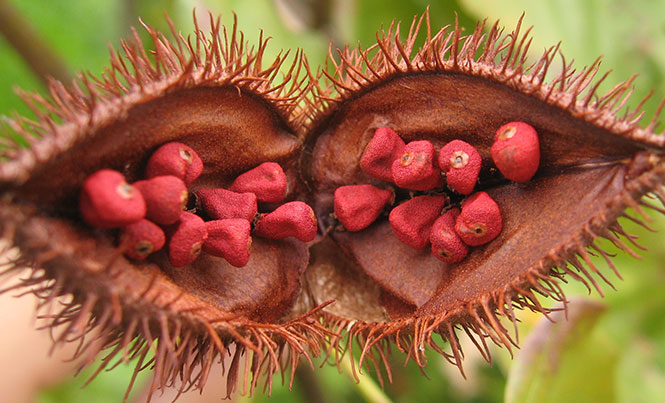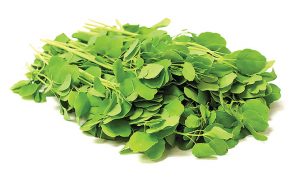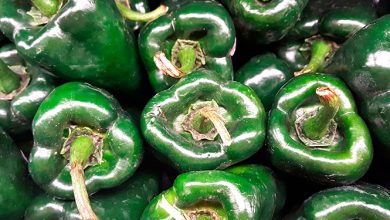Herbs and Spices

With so many different types of seasoning available to us in Mexico, why not experiment with your recipes and try something new and flavorful? Here are some suggestions to spice up your dinnertime!
 Push the salt to the back of the cabinet, and instead add a smidgen of some of the more common and lesser known Mexican spices and herbs to transform your dishes from ordinary to delectable.
Push the salt to the back of the cabinet, and instead add a smidgen of some of the more common and lesser known Mexican spices and herbs to transform your dishes from ordinary to delectable.
A bit of herbaceous flair can go a long way to making that lackluster chicken dish more memorable. Incorporated into a mediocre meal, it elevates it to a celestial high. Figured into that cake or pie, and your neighbors won’t stop bothering you till you share the secret ingredient.
 Mexico is a country of sabor (flavor), and its herbs and spices go beyond the familiar dried and powdered chiles. Wary of the too spicy/hot herbs and spices? Try annatto with its peppery nutmeg zestiness and hierba santa with a minty anise profile.
Mexico is a country of sabor (flavor), and its herbs and spices go beyond the familiar dried and powdered chiles. Wary of the too spicy/hot herbs and spices? Try annatto with its peppery nutmeg zestiness and hierba santa with a minty anise profile.
Similar to the ingredients in many of India’s dishes, coriander (the seed version of cilantro), cumin and clove are a staple here. While mirroring Italy’s cuisine, just a tad is oregano (Mexico’s version has a stronger flavor than its Mediterranean sister).
 Cinnamon is carried in most stores, but verify that it is Mexican cinnamon (canela). You will be surprised at how different it looks, smells and tastes compared to what you find in Canada and the U.S.(which is usually cassia, a botanical relative of the cinnamon tree).
Cinnamon is carried in most stores, but verify that it is Mexican cinnamon (canela). You will be surprised at how different it looks, smells and tastes compared to what you find in Canada and the U.S.(which is usually cassia, a botanical relative of the cinnamon tree).
In Puebla cooking, papalo is used as a condiment on traditional cemita sandwiches, a regional type of Mexican torta. Similar to arugula, it has a peppery bite, so a little goes a long way.
Romerito with its small succulent leaves reminds us a bit of rosemary, but its taste is similar to spinach, and it is a prevalent holiday staple eaten either raw or cooked.
With its jagged leaves, epazote has a pungent essence that is often likened to tarragon, anise and fennel, all in the licorice family. It is not only used to flavor teas but also cooked with black beans, sopes, and quesadillas. Due to its carminative properties is believed to reduce flatulence.
With all these great choices, why not do the unexpected by adding sweet to savory and vice versa. Add a pinch of cinnamon or clove to a stew, a hint of romerita in a crème brulee or flan. The next time you eat roasted corn on the cob instead of topping it with the traditional lime cayenne mayonnaise, add a touch of annatto or cumin to garlic and mayonnaise for a unique, yet still Mexican influenced aioli.







